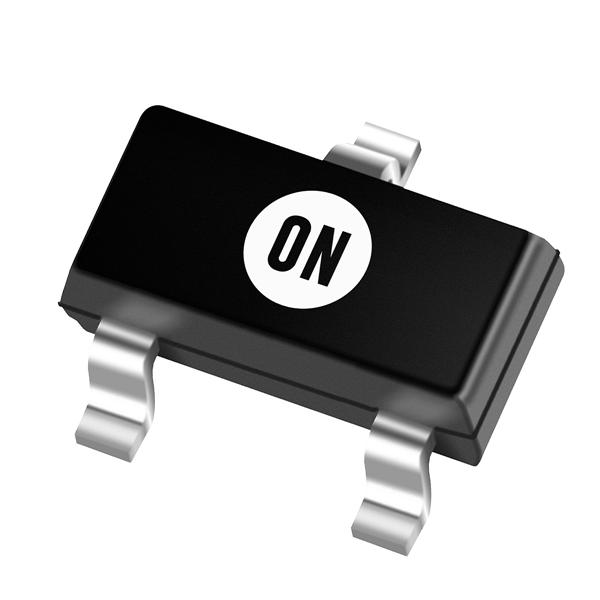Configuration
: Single
Maximum Operating Temperature
: + 150 C
Mounting Style
: SMD/SMT
Packaging
: Reel
Transistor Polarity
: PNP
Collector- Emitter Voltage VCEO Max
: 50 V
Emitter- Base Voltage VEBO
: 6 V
Maximum DC Collector Current
: 0.1 A
Package / Case
: SOT-416
Maximum Operating Frequency
: 140 MHz
DC Collector/Base Gain hfe Min
: 120 at 1 mA at 6 V
Features: · Excellent hFE linearity.
· Complements the 2SC2412K / 2SC4081 / 2SC4617 / 2SC5658 / 2SC1740S.Specifications
| SYMBOL |
PARAMETER |
RATING |
UNIT |
| VCBO |
Collector to base voltage |
-60 |
V |
| VCEO |
Collector to emitter voltage |
-50 |
V |
| VEBO |
Emitter to base voltage |
-6 |
V |
| IC |
Collector Current - Continuous |
-0.15 |
A |
| PC |
Collector Power Dissipation
2SA1037AK, 2SA1576A
2SA2029, 2SA1774
2SA933AS |
0.2
0.15
0.3 |
W |
| Tj |
Junction temperature |
150 |
|
| Tstg |
Storage temperaturerange |
-55 to +150 |
|
DescriptionThe 2SA1774 is PNP silicon general purpose amplifier transistor.This PNP transistor is designed for general purpose amplifier applications. This device is housed in the SOT416/SC90 package which is designed for low power surface mount applications, where board space is at a premium.The melting temperature of solder is higher than the rated temperature of the device. When the entire device is heated to a high temperature, failure to complete soldering within a short time could result in device failure.
Features of the 2SA1774 are:(1)reduces board space; (2)high hFE, 210--460 (typical); (3)low VCE(sat), < 0.5 V; (4)available in 8 mm, 7-inch/3000 unit tape and reel.Prior to placing surface mount components onto a printed circuit board, solder paste must be applied to the pads. A solder stencil is required to screen the optimum amount of solder paste onto the footprint. The stencil is made of brass or stainless steel with a typical thickness of 0.008 inches.
The absolute maximum ratings of the 2SA1774 can be summarized as:(1)collector-base voltage:-60 V;(2)collector-emitter voltage:-50V;(3)collector current:-100mA;(4)collector power dissipation:150mW;(5)junction temperature range:150;(6)storage temperature of 2SA1774:-55 to 150.For any given circuit board, there will be a group of control settings that will give the desired heat pattern. The operator must set temperatures for several heating zones, and a figure for belt speed. Taken together, these control settings make up a heating "profile" for that particular circuit board.On machines controlled by a computer, the computer remembers these profiles from one operating session to the next. Figure 7 shows a typical heating profile for use when soldering a surface mount device to a printed circuit board.This profile will vary among soldering systems but it is a good starting point. Factors that can affect the profile include the type of soldering system in use, density and types of components on the board, type of solder used, and the type of board or substrate material being used. This profile shows temperature versus time.

 2SA1774 Data Sheet
2SA1774 Data Sheet






